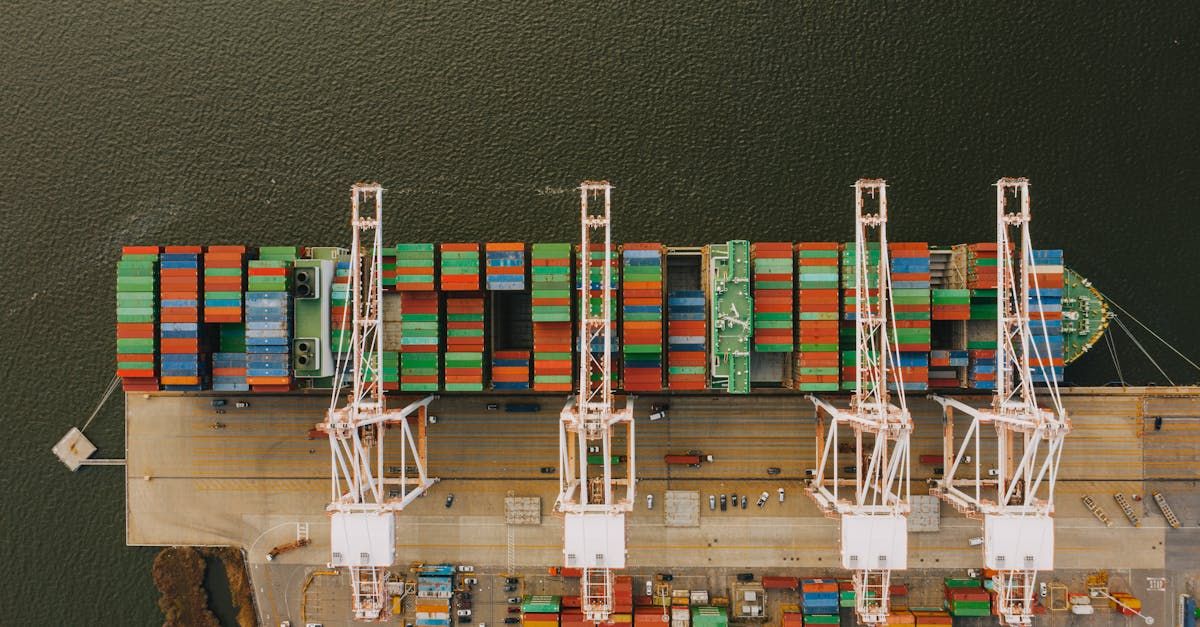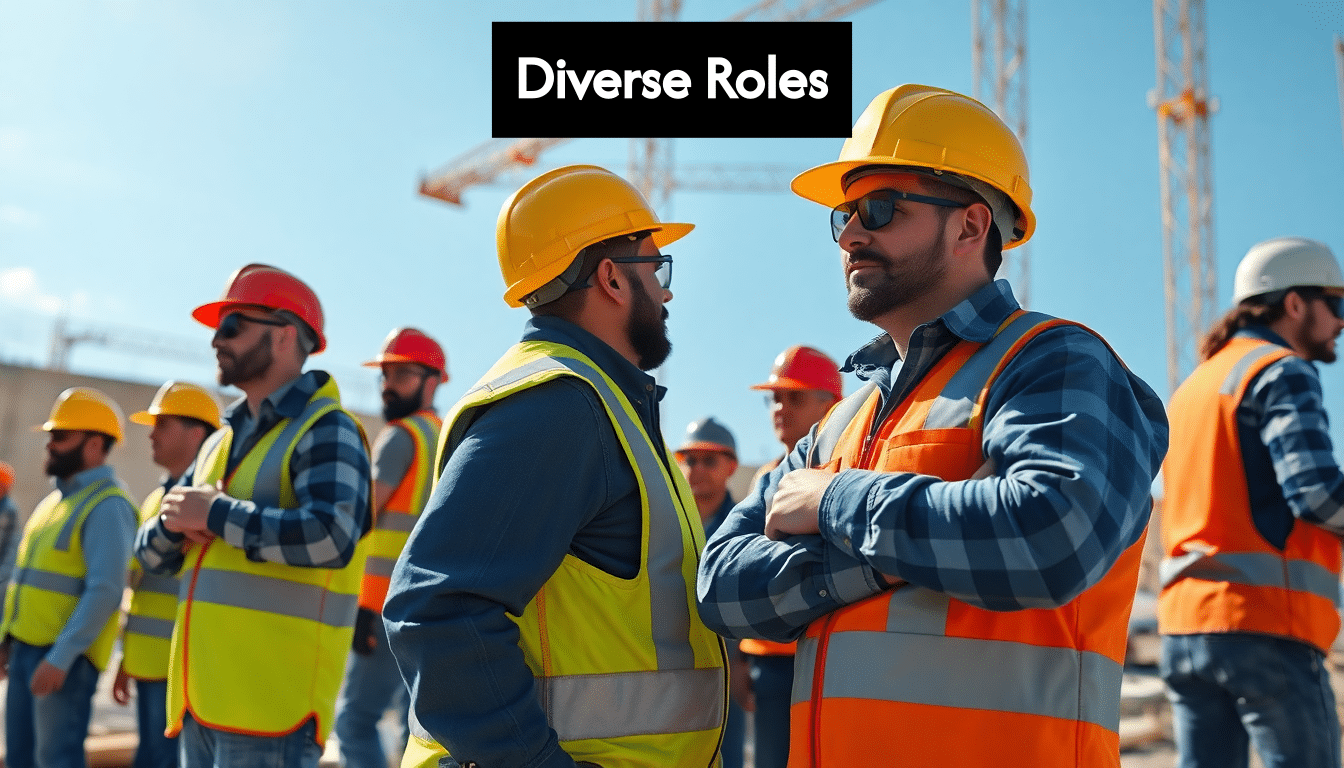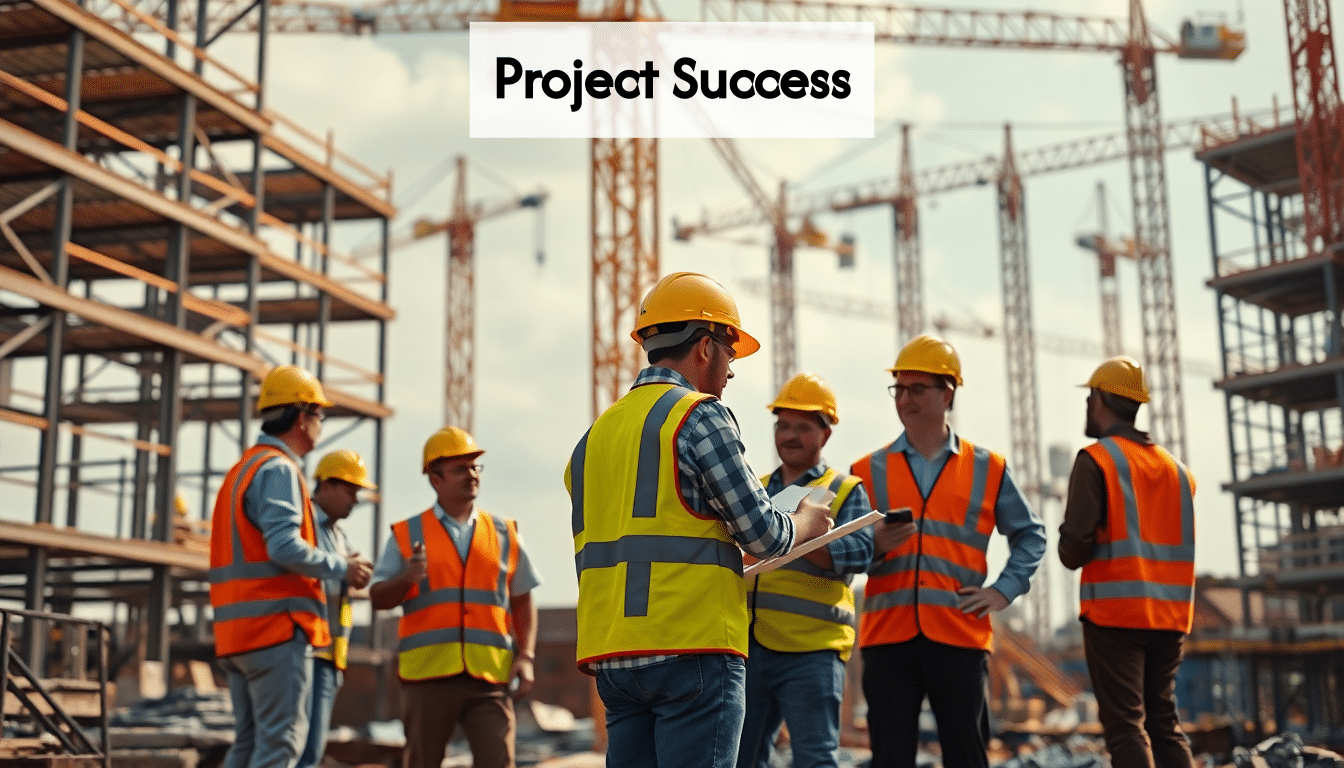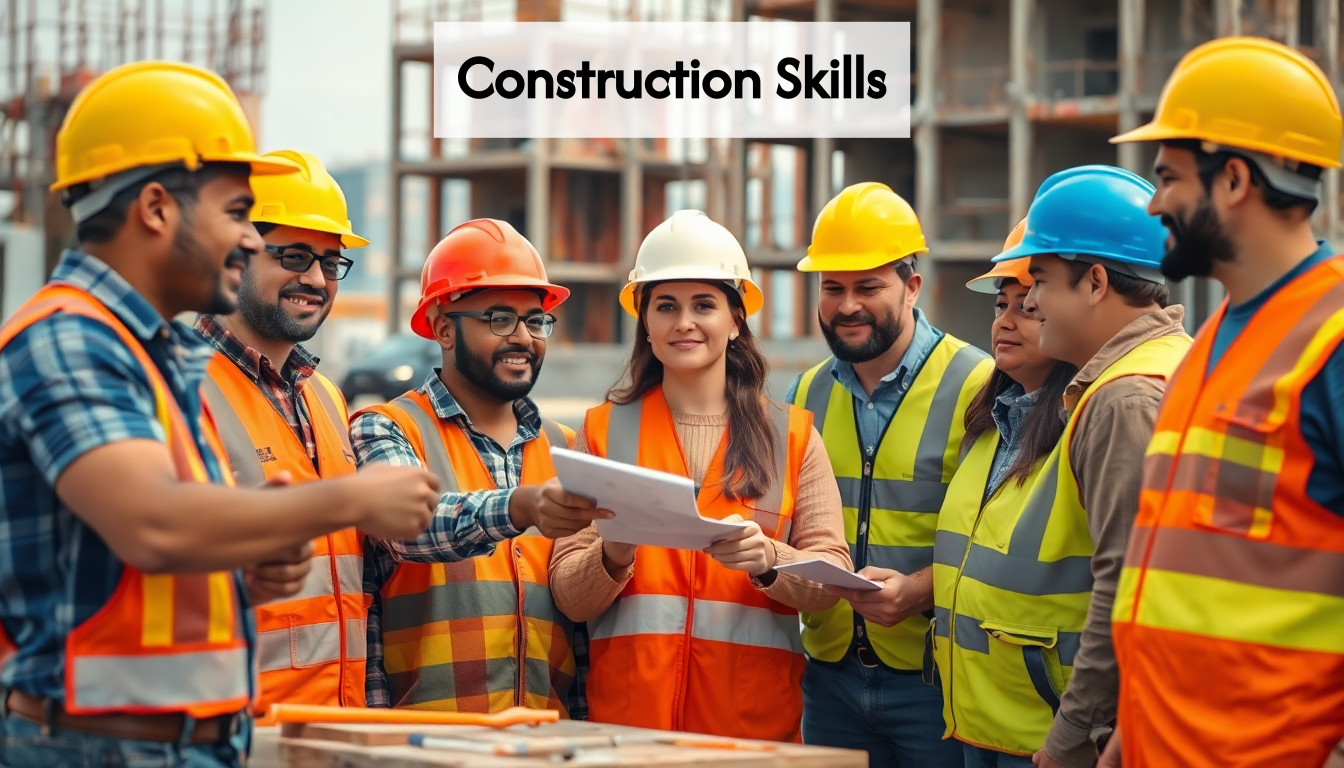Introduction to Chesapeake Bay Bridge Construction
Welcome aboard, fellow bridge enthusiasts! If you’ve ever gazed across the majestic waters of the Chesapeake Bay and marveled at the stunning engineering feat that connects the eastern and western shores, you’ve stumbled into the world of Chesapeake Bay Bridge construction. The Chesapeake Bay Bridge, a vital thoroughfare in Maryland, isn’t just an impressive structure; it tells a remarkable story of human ingenuity, perseverance, and, of course, a bit of good old-fashioned Maryland pride.
When we talk about the construction of the Chesapeake Bay Bridge, we’re diving into a tapestry woven with the threads of history, innovation, and expansion. But hold on to your hard hats, because this journey doesn’t just stop at the bridge itself! The Chesapeake Bay Bridge Tunnel construction added yet another layer to this narrative, showcasing the ambitious spirit of engineers who weren’t afraid to take the plunge—literally!
The Chesapeake Bay Bridge Tunnel history is a fascinating saga that takes us back to the mid-20th century when the need for better transportation links became glaringly apparent. Visionaries began to sketch out plans that would eventually lead to the construction of the Chesapeake Bay Bridge Tunnel, an iconic merger of bridge and tunnel technologies. It’s about more than just cement and steel; it’s about creating connections that span both land and sea.
So tighten your seatbelts, because this guide will unveil the nuts and bolts of the Chesapeake Bay Bridge project, its ongoing expansions, and what the future holds for this engineering marvel. Spoiler alert: the story is just beginning!
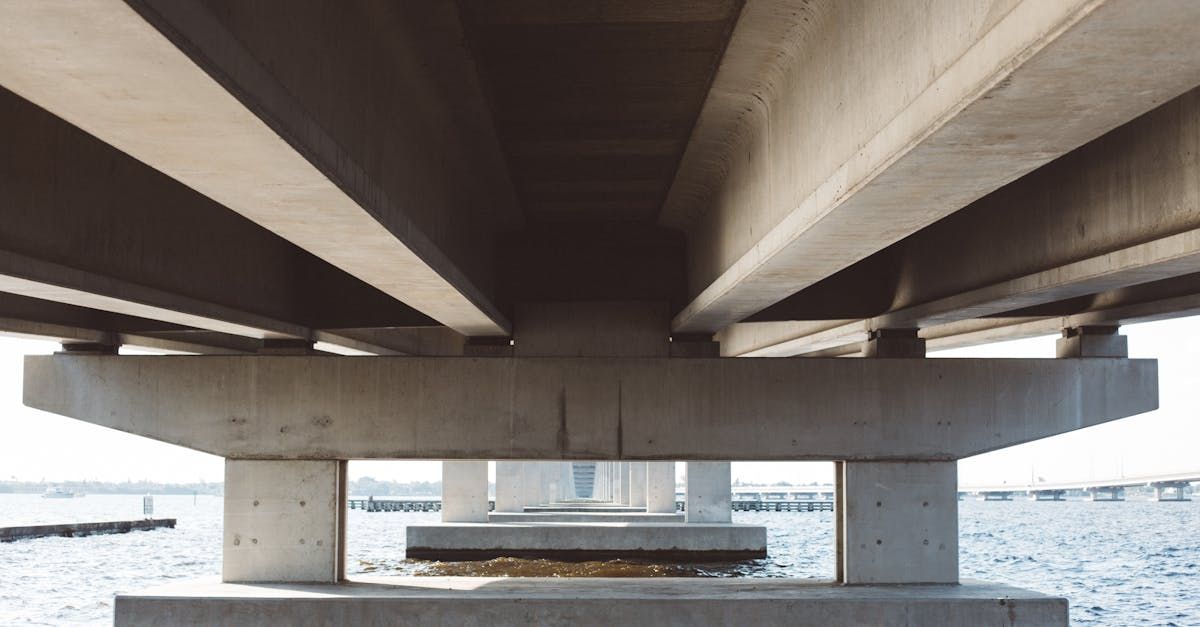
History of the Chesapeake Bay Bridge and Tunnel
Ah, history! It has a way of bending time to its will, giving us glimpses into moments that shaped our world today. When we dive into the history of the Chesapeake Bay Bridge and Tunnel, we’re not just brushing through dusty old books; we’re traversing a timeline that showcases ambition, innovation, and quite a few engineering headaches!
The saga began back in the mid-20th century when the Chesapeake Bay was considered a rather formidable barrier for travelers. Before these incredible constructions came into play, crossing the bay was a test of patience involving ferries—imagine the long lines and wait times! The state of Maryland recognized the need for a more efficient solution, and the vision for the construction of the Chesapeake Bay Bridge took flight.
The Chesapeake Bay Bridge construction commenced in 1949, and by July 1964, the bridge was officially opened. It stretched a stunning 4.3 miles across the water, allowing for traffic to flow freely, linking the Eastern Shore with mainland Maryland. Engineers employed cutting-edge techniques (well, for the time) to meet the challenges posed by wind, shifting tides, and unpredictable weather. The bridge quickly became an iconic landmark, a testament to what can be achieved when ingenuity meets determination.
But wait! Just when you think that’s the end of the story, enter the Chesapeake Bay Bridge Tunnel (CBBT). Construction for this ambitious project kicked off in 1960 and was completed in 1964 as well. This unique hybrid of bridge and tunnel stretches 17.6 miles and was designed to allow larger ships to traverse beneath it—definitely a win-win situation!
As we zoom through history, it’s evident that the Chesapeake Bay tunnel construction revolutionized marked travel routes and made life easier for residents and tourists alike. Whether you’re cruising over the waves or diving beneath them in a cozy tunnel, the history encapsulated in these structures shines brightly. Stay tuned, as we delve deeper into the progress made in the Chesapeake Bay Bridge project and its future expansions!
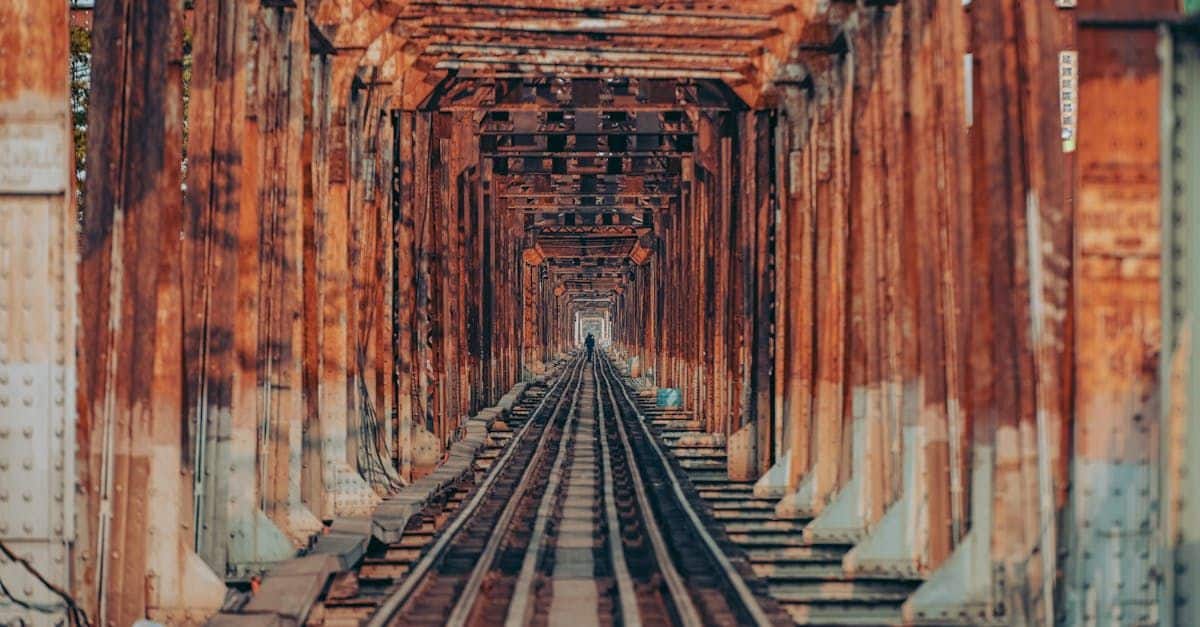
Current Projects and Construction of the Chesapeake Bay Bridge Tunnel
Buckle up, folks! As we navigate the present landscape of Chesapeake Bay Bridge Tunnel construction, we’re cruising headfirst into some exhilarating developments that are taking this beloved network of infrastructure to new heights! Current projects are buzzing with activity, and it’s exciting to see how planners and engineers are incorporating advanced technology and sustainable practices into their work.
Let’s start with the ever-ambitious Chesapeake Bay Bridge expansion efforts. This project aims to enhance traffic flow and improve safety along the bridge, ensuring that the increasing volume of vehicles can travel without a hitch. The bridges regularly become bottlenecks, especially during peak travel seasons. Thus, the expansion project includes efforts to widen the lanes and improve signage and lighting. Engineers are also rethinking traffic management systems, adopting smart technology to create a smoother driving experience.
Now, let’s shift gears and delve into the construction of the Chesapeake Bay Bridge Tunnel. As a vital connector for commercial and recreational traffic, maintenance and upgrades are continuously in action to ensure it remains strong and reliable. This involves regular inspections and repairs, and exciting additions are now on the table. For instance, plans for the new Chesapeake Bay Bridge Tunnel include enhancing the tunnel’s ventilation systems and improving underwater lighting, which boosts visibility while creating a more inviting experience for drivers.
As noted by renowned civil engineer, Dr. Angela S. Thompson, “The Chesapeake Bay Bridge Tunnel project exemplifies how we can merge our engineering innovations with environmental stewardship. Our aim is to preserve both the beauty of the bay and the efficiency of our traffic systems.”
Additionally, there’s a keen focus on sustainability in these projects. Using eco-friendly materials and construction methods not only preserves the environment but also aligns with community values. The inclusion of wildlife protection measures during construction demonstrates a forward-thinking approach to infrastructure development.
Whether you’re a local resident or a curious traveler, the ongoing improvements in bay bridge tunnel construction are a big part of ensuring safe, accessible travel for generations to come. It’s clear that the legacy of the Chesapeake Bay Bridge and Tunnel isn’t just in its past; it’s very much alive and evolving in the present!
Impact of the Bay Bridge Tunnel Construction on the Region
As we stroll down the vibrant corridors of the Chesapeake Bay Bridge Tunnel’s impact, it’s hard not to marvel at how a mere collection of concrete and steel has transformed the landscape—both literally and figuratively—of the surrounding region. The bay bridge tunnel construction not only reshaped connectivity but also revitalized economic growth, environmental considerations, and community dynamics.
Firstly, let’s talk economics. When the Chesapeake Bay Bridge Tunnel (CBBT) was completed, it introduced a new world of accessibility that fueled tourism in the area. No longer a laborious journey by ferry, visitors can now zip across effortlessly to explore the wonders of Virginia Beach, Ocean City, and various local attractions. This easy access has significantly boosted local businesses—from restaurants to hotels—contributing to a flourishing economy. According to the Virginia Transportation Research Council, the bridge tunnel generates approximately $1.5 billion in annual economic activity. Talk about a traffic jam that pays off!
But it’s not just cash registers ringing; the construction of these infrastructure marvels also has profound cultural impacts. Residents of the Eastern Shore suddenly found themselves more interconnected with the mainland, creating opportunities for collaboration, cultural exchange, and the sharing of ideas. Over time, you can see a vibrant blend of communities developing that celebrates the unique heritage of the bay area.
However, let’s not forget about the environment! The construction spurred important discussions about wildlife protections, water quality, and sustainable practices in construction. The CBBT has incorporated measures to limit environmental disruption, including monitoring marine life and planting native vegetation along its borders. This thoughtful approach demonstrates a commitment to preserving the unique ecosystem of the Chesapeake Bay while progressing with infrastructure.
Of course, no project is without its critics. Some locals expressed concerns about increased traffic and associated pollution. Striking a balance between growth and preservation requires ongoing community dialogue, but continuous improvements in technology and engineering practices are providing ways to mitigate these issues. As environmental advocate, Dr. Sofia Greene, points out, “Infrastructure should enhance communities and protect our natural resources equally. Collaborative efforts are essential for sustainable development.”
In summary, the impact of the Chesapeake Bay Bridge Tunnel construction goes beyond just connecting two shores—it fosters economic, cultural, and environmental advancements. Each vehicle that crosses over the bay is not just a mere traveler; it’s a testament to the thriving life that the bridge supports. So, as we drive over these formidable structures, we remember to appreciate the far-reaching effects they have on the region. The future looks bright—and connected!
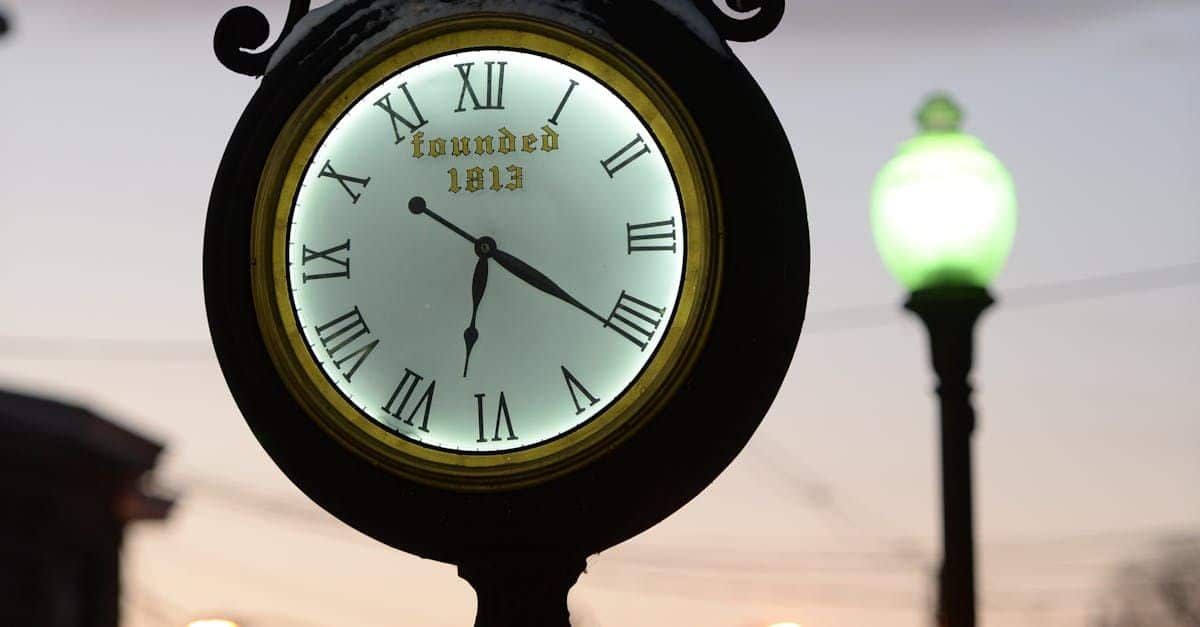
Future Goals: Expansion and New Developments in the Chesapeake Bay Bridge Project
As we peer into the crystal ball of the Chesapeake Bay Bridge project, excitement flows as freely as the waters beneath its majestic spans. Future goals are not just about adding lanes or improving safety; they encompass a vision that integrates innovation, sustainability, and community engagement. The road ahead shines with promise, and there are several key developments on the horizon that are set to redefine the way we traverse this impressive structure.
One of the primary aims of the upcoming expansion endeavors is to enhance traffic capacity. With the number of vehicles utilizing the bridge steadily increasing—especially during peak travel seasons—the Chesapeake Bay Bridge expansion plans include adding new lanes and improving existing ones, creating more efficient traffic flow. But this isn’t just any expansion; it’s a smart expansion! Engineers are leveraging advanced technology to utilize real-time data for congestion management, paving the way for a truly responsive traffic system.
Moreover, eco-friendliness is at the forefront of all future developments. Planners are keenly focused on integrating sustainable practices into the construction of the Chesapeake Bay Bridge Tunnel. New projects will look to incorporate renewable energy solutions, such as solar panels along the bridge and innovative materials that reduce environmental impact. Leading environmental architect, Dr. Mia Tran, emphasized, “The future of bridge construction lies in its ability to coexist harmoniously with nature. Embracing sustainability is not just beneficial; it’s essential.”
In addition to structural upgrades and sustainability initiatives, community involvement is another cornerstone of future goals. Public forums and discussions are planned to ensure that local voices are heard in shaping the next phases of development. After all, this bridge isn’t merely a structure; it’s a lifeline for the community. The goal is to cultivate a sense of ownership and engagement among residents who are directly impacted by these changes.
Lastly, with advancements in technology, we can also anticipate innovations in safety features. Future developments may include enhanced bridge monitoring systems utilizing drones and AI, ensuring that maintenance and safety checks are more efficient and timely than ever.
In summary, the future goals of the Chesapeake Bay Bridge project illuminate a pathway towards smarter, greener, and more community-focused infrastructure. Whether you’re a daily commuter or a once-a-year traveler crossing this iconic bridge, you’ll be part of a transformative journey that promises to elevate the experience of everyone who travels across the Chesapeake Bay. Buckle up; the future is just around the bend!
Frequently Asked Questions
What is the history of the Chesapeake Bay Bridge construction?
The Chesapeake Bay Bridge construction began in 1949 and was officially opened in July 1964. It aimed to improve transportation across the bay, replacing ferry services with a 4.3-mile bridge connecting the Eastern Shore with mainland Maryland.
What are the future expansion plans for the Chesapeake Bay Bridge?
Future expansion plans aim to enhance traffic capacity by adding new lanes and incorporating smart technology for traffic management. There’s also an emphasis on eco-friendly practices and community engagement in development decisions.
How has the Chesapeake Bay Bridge Tunnel construction impacted the local economy?
The Chesapeake Bay Bridge Tunnel has significantly boosted the local economy by improving accessibility for tourism and commerce, generating approximately $1.5 billion in annual economic activity by connecting visitors to attractions like Virginia Beach and Ocean City.
What sustainability measures are being implemented in the Chesapeake Bay Bridge projects?
Sustainability measures in the Chesapeake Bay Bridge projects include utilizing renewable energy solutions, using eco-friendly materials, and protecting wildlife during construction. These practices aim to minimize environmental impact while enhancing infrastructure.
Bridge the Gap to Your Future with Amundson Group
As we explored the fascinating history and ongoing developments of the Chesapeake Bay Bridge construction, we witnessed not only impressive infrastructural advancements but also the challenges that lie ahead—traffic capacity, sustainability, and technological innovations. These challenges present opportunities for skilled professionals eager to contribute to the construction landscape, especially within dynamic projects just like the Chesapeake Bay Bridge Tunnel expansions.
Are you a construction industry professional seeking to make an impact in heavy civil, commercial, or site development projects? Look no further than Amundson Group. We understand the vital need for talent that can navigate the complexities of construction projects, and we are here to connect you with companies that are not only hiring but are also leading the way in innovation and sustainability. With our extensive network and dedication to quality placements, we bridge the gap between talent and opportunity, allowing you to focus on what you do best—building the future.
Ready to take the next step in your construction career? Visit Amundson Group NOW to explore job placements that align with your skills and aspirations. Don’t miss your chance to contribute your expertise to projects that shape communities, just like the monumental Chesapeake Bay Bridge. Join us today in crafting a vibrant future!

